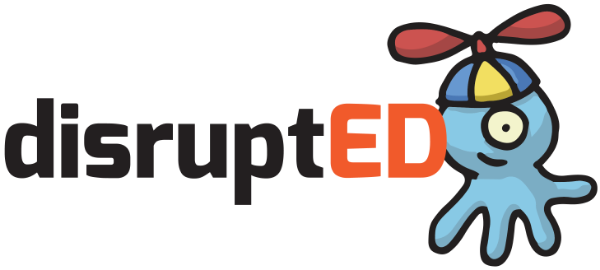A One-Size-Fits-All Approach To Education Leaves Too Many Learners Behind
It’s naive to think everyone learns the same way or at the same rate. It’s almost silly how obvious that seems, but the majority of teaching methods and curriculums still do not reflect this reality.
Initially at disruptED, we didn’t realize all of the categories of learners who would benefit from our app and learning materials. It was a pleasant surprise and it is very gratifying!
While all learners do well by this technology, there are three types of learners that respond especially well to augmented reality and virtual reality learning apps.
Children on the spectrum: This refers to kids with a specific set of behavioral and developmental challenges often associated with autism. This can affect communication, learning, social interactions, and play skills.
Children with disabilities: This refers to kids who have chronic physical ailments that impact their movement and activity.
Adaptive learners: This refers to kids who learn best via personalized and unconventional methods - often using technology. These children typically need to learn a lesson more than one way to get over the so-called conceptual learning hump.
After our launch, parents contacted us to test out disruptED with their kids who are on the spectrum. As time passed and they observed their children with the app, parents reported seeing increased excitement and engagement in their children around the lessons. Their kids also were more verbal during the lessons, and this spilled over to the next day, when children communicated about what they learned.
You’ve probably heard of the book, “The 5 Languages Of Love.” It’s also true that there are different learning languages. For instance, some kids learn concepts best through worksheets, and others may need a dice game to absorb the same lesson. For adaptive learners, they may require a worksheet and the dice game, along with a 3-D object, in order to best retain the knowledge. It’s one thing to see a video of a rectangular spaceship, but when the spaceship comes to life and is suspended in the air in front of you through AR - or flying in the air past your head in VR - there’s a much deeper connection to the concept of shape. Just as an apprentice learns a trade by a hands-on approach, the experiential aspect of learning is critical, and AR & VR technology embodies this methodology in a much more accessible way.
Lastly, one of the most powerful experiences that we’ve witnessed since launching disruptED is when a non-profit group invited us to a demo day at a hospital event. Kids in wheelchairs put on our VR headsets and wowed us with how quickly and easily they adopted the technology. They understood how to use the gray dot gaze feature to make selections, and they easily maneuvered inside the app without assistance. The experience empowered these children, and it illustrated the many different and powerful use cases of VR technology.
We are excited to explore, discover and share how AR and VR speaks a variety of learning languages and fits so nicely into any educational program.
To learn more about AR & VR technology, view the following posts:


